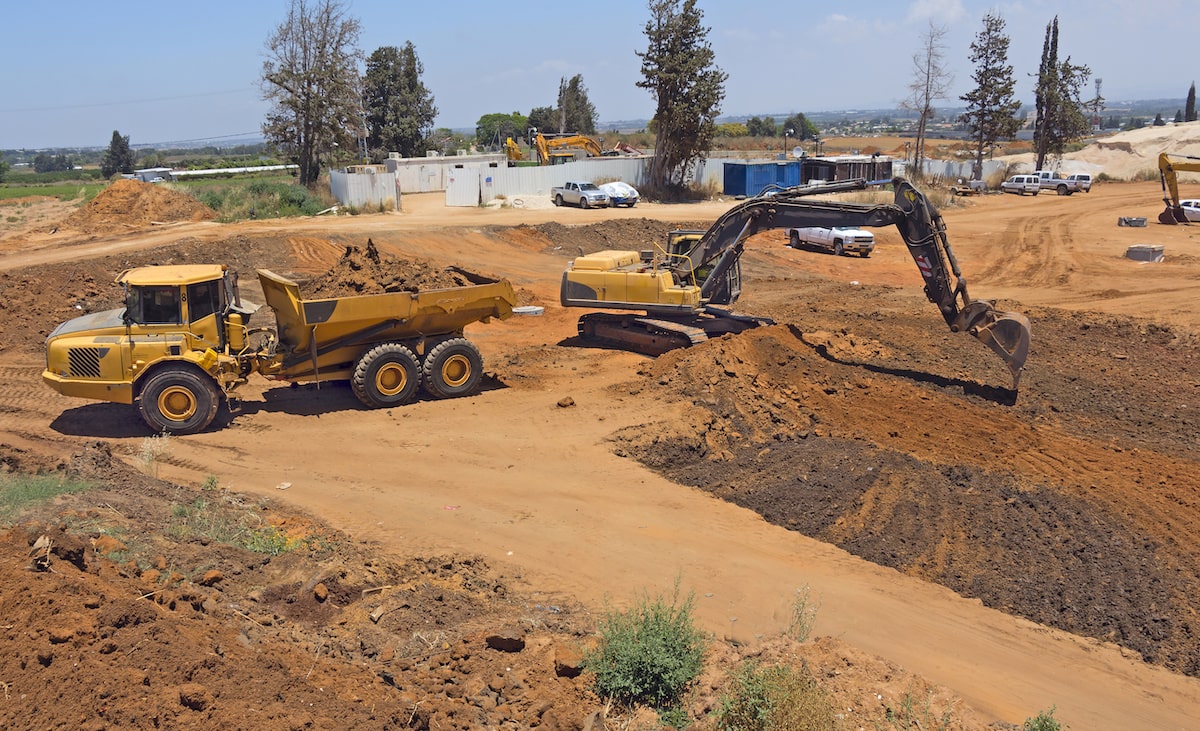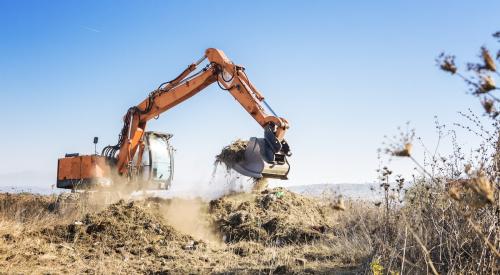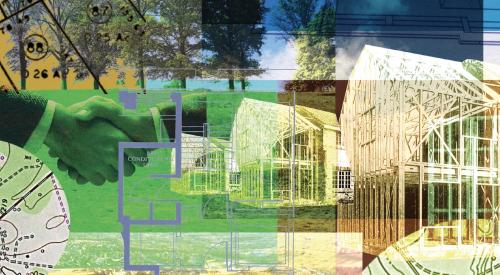In the face of national land shortages, home builders are increasing their land holdings while protecting their investments in the event of a downturn, according to John Burns Real Estate Consulting. Publicly traded home builder land holdings jumped from 1.48 million in 2020 to 2.02 million in 2021 at a 36% growth rate.
While 15 of the 18 public home builders tracked by John Burns Real Estate Consulting own a smaller percentage of lots compared to one year ago, 3 of the 18 builders own even less than 25% of the lots they control, and one even owns none. Builders can control land without owning it by paying a quarterly fee to the landowner before starting construction through an option agreement, or by working through a third party financial institution through a land banking agreement.
These agreements align the financial interests of all parties:
- Home builder shareholders desire to maximize the return on their invested capital, while having certainty that they will have the land they need.
- Long term land owners like farmers desire to maximize their net worth and are less interested in the time required to do so.
- Land banking financial institutions are looking for a good risk-adjusted yield on their investment. In today’s low yield environment, money has been flowing into the land banking business. Our consulting team has developed processes to help these groups conduct their due diligence quickly and efficiently. Their business are expanding to help private builders as well as companies that are developing rental home communities.













